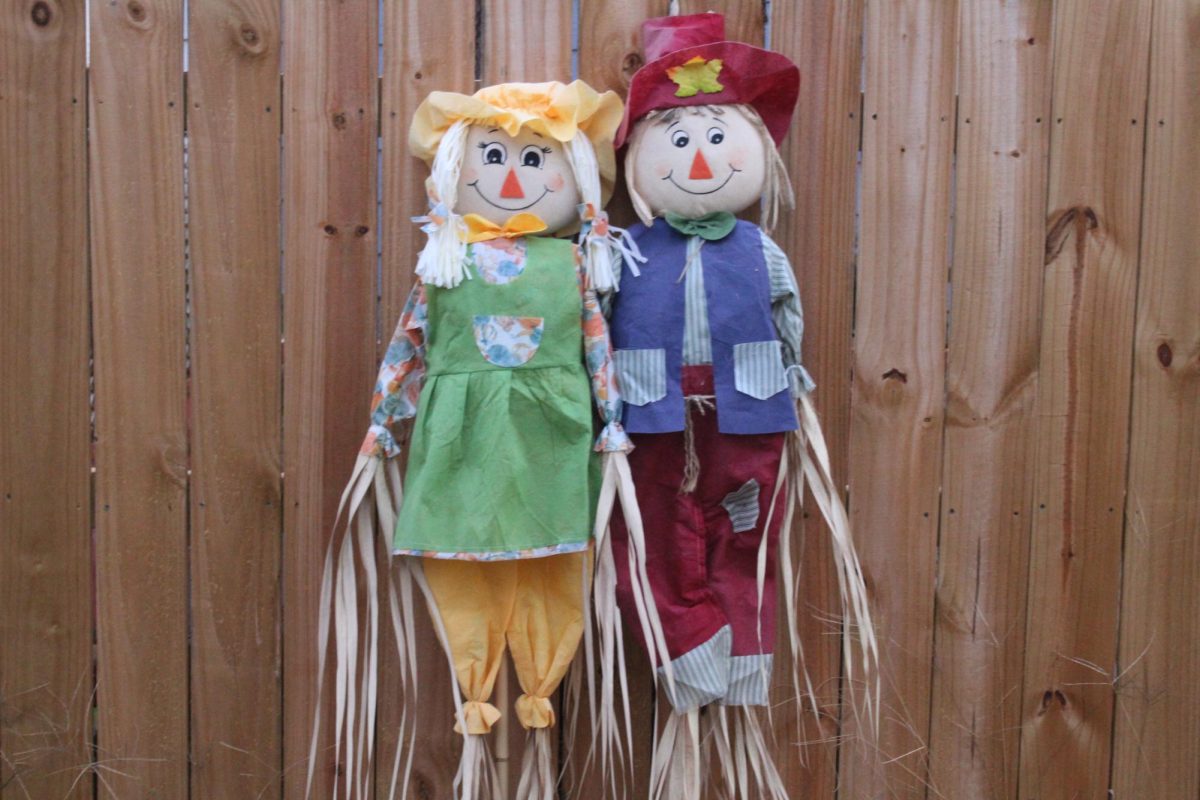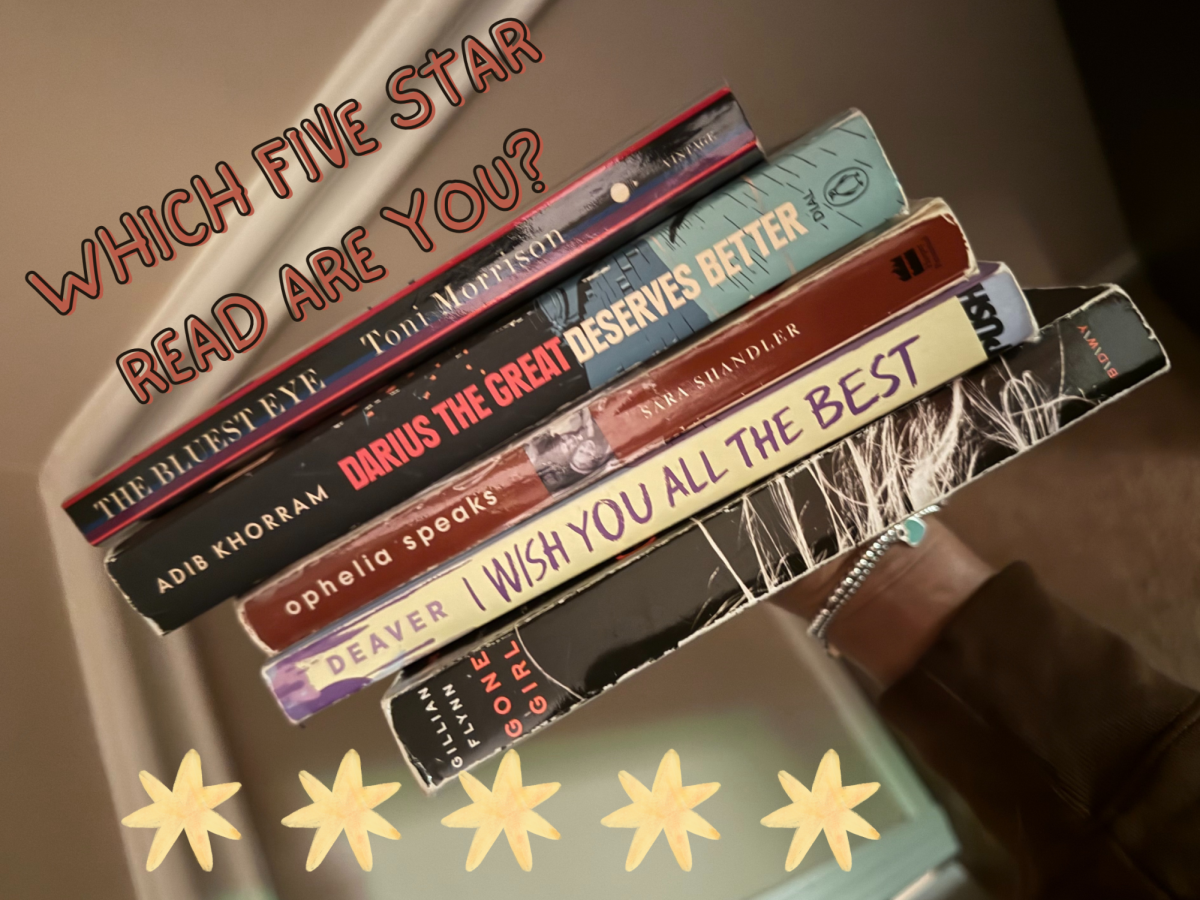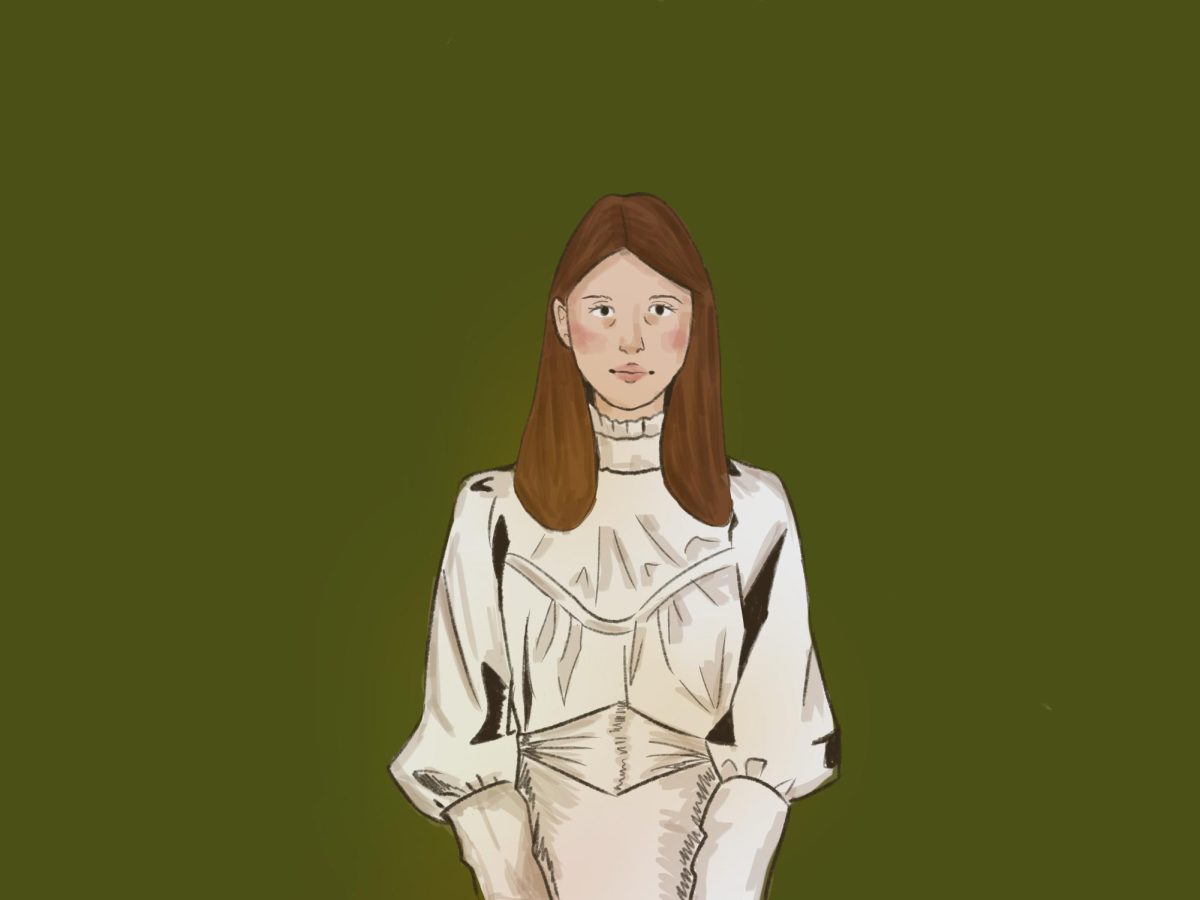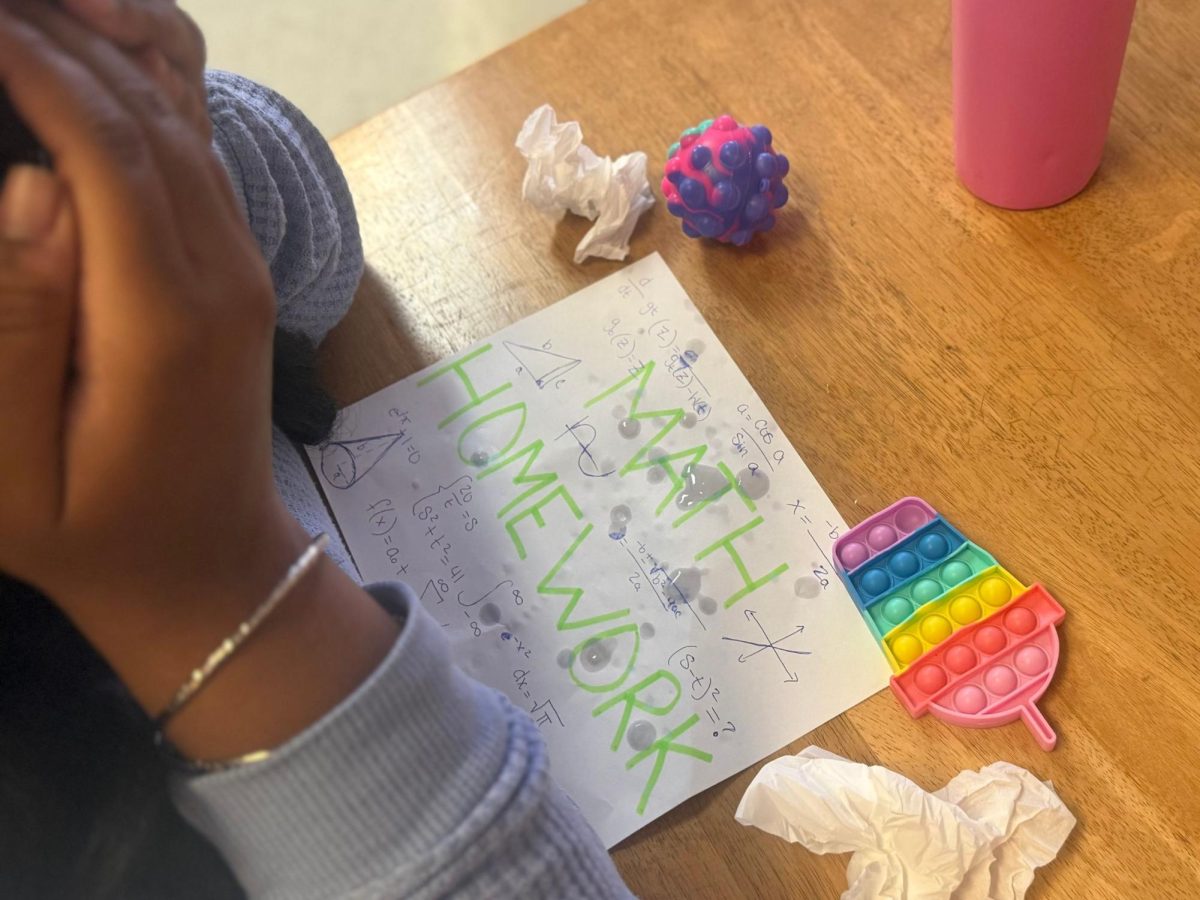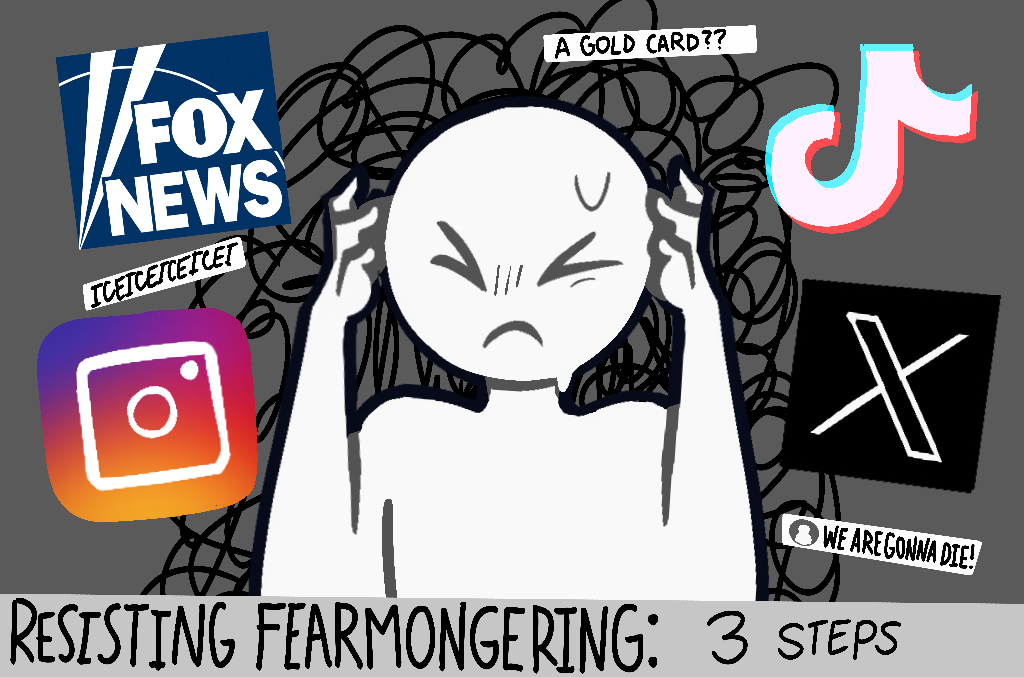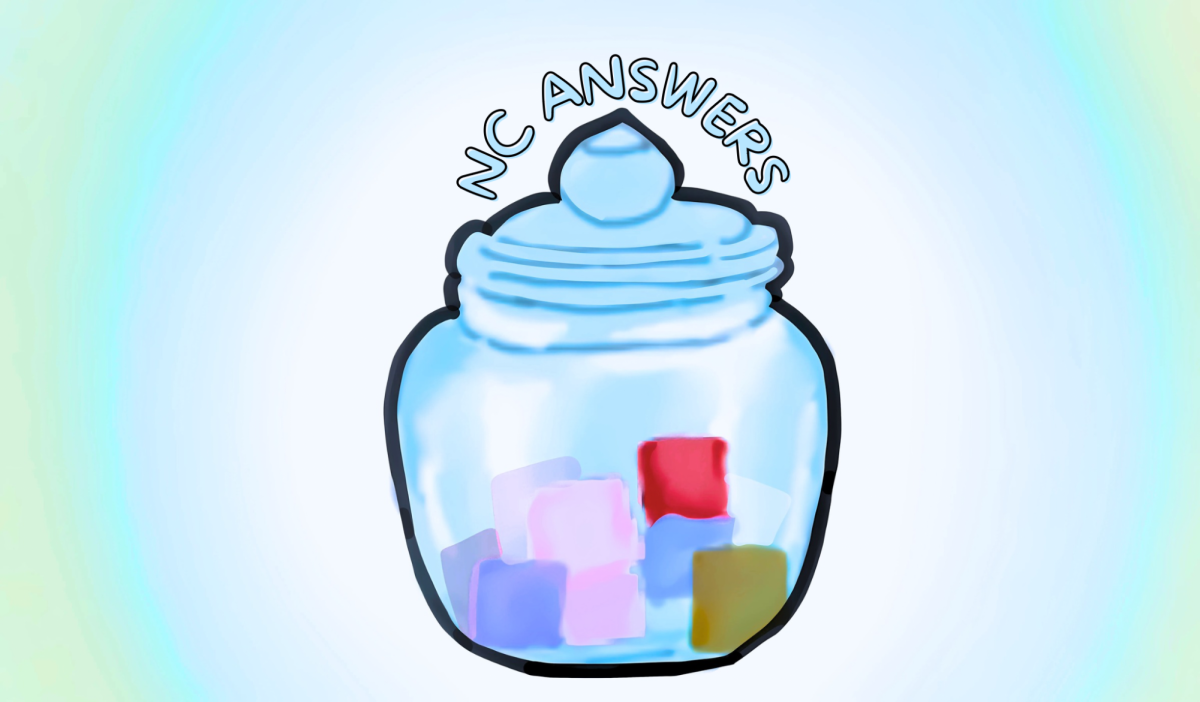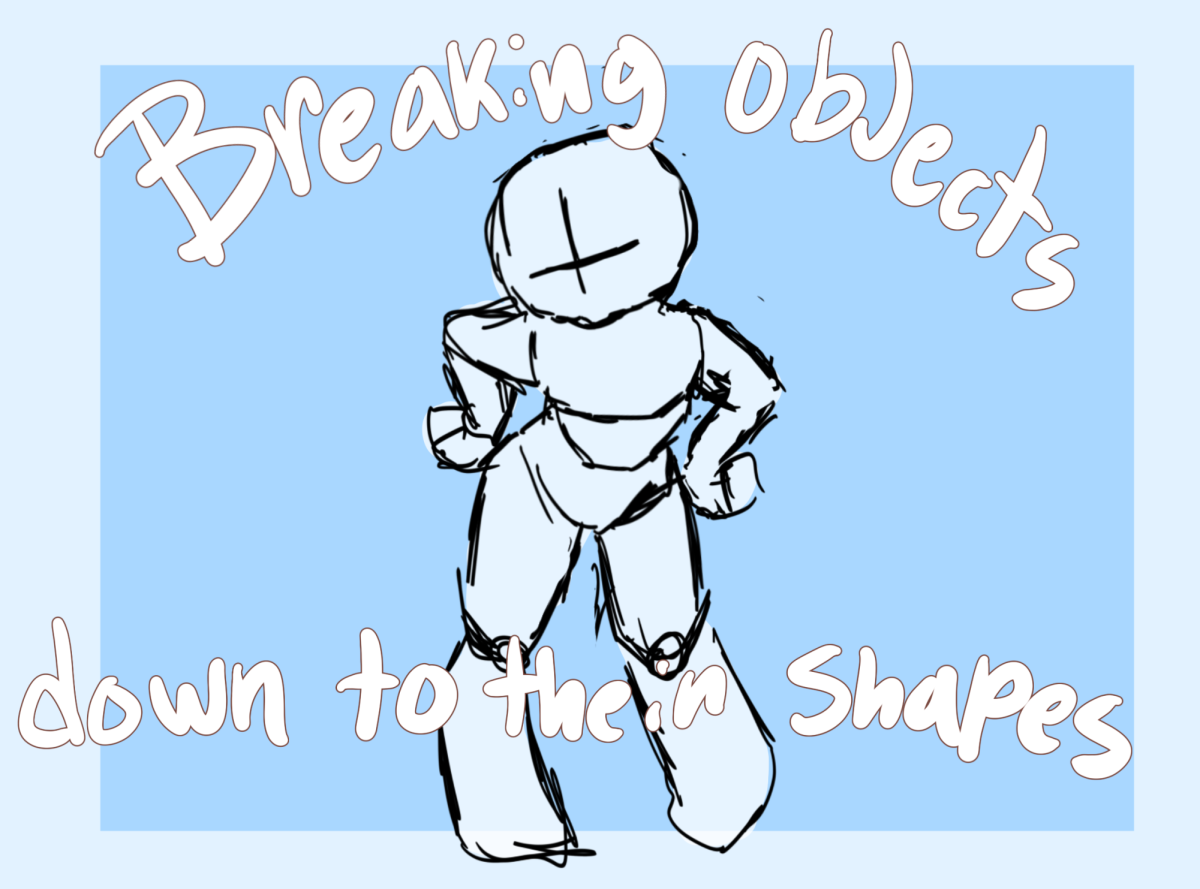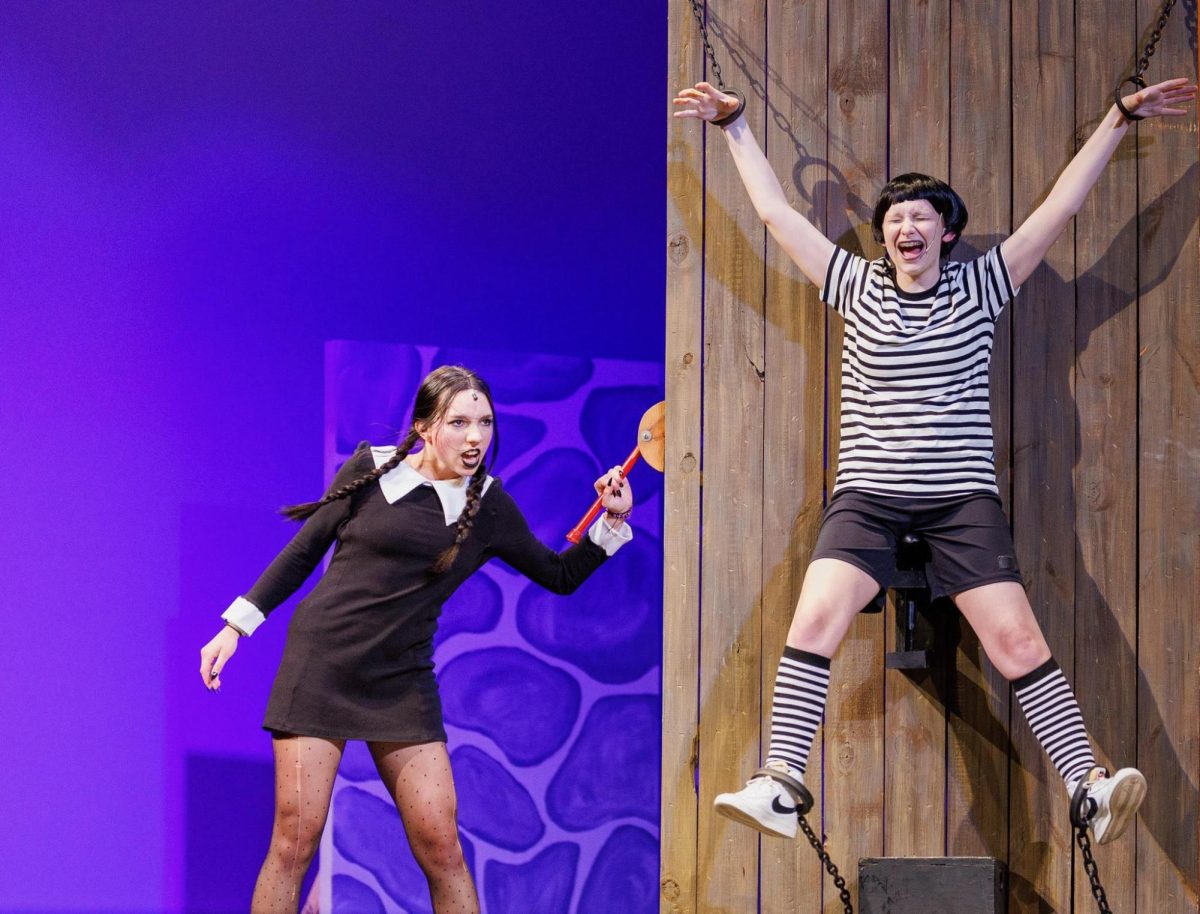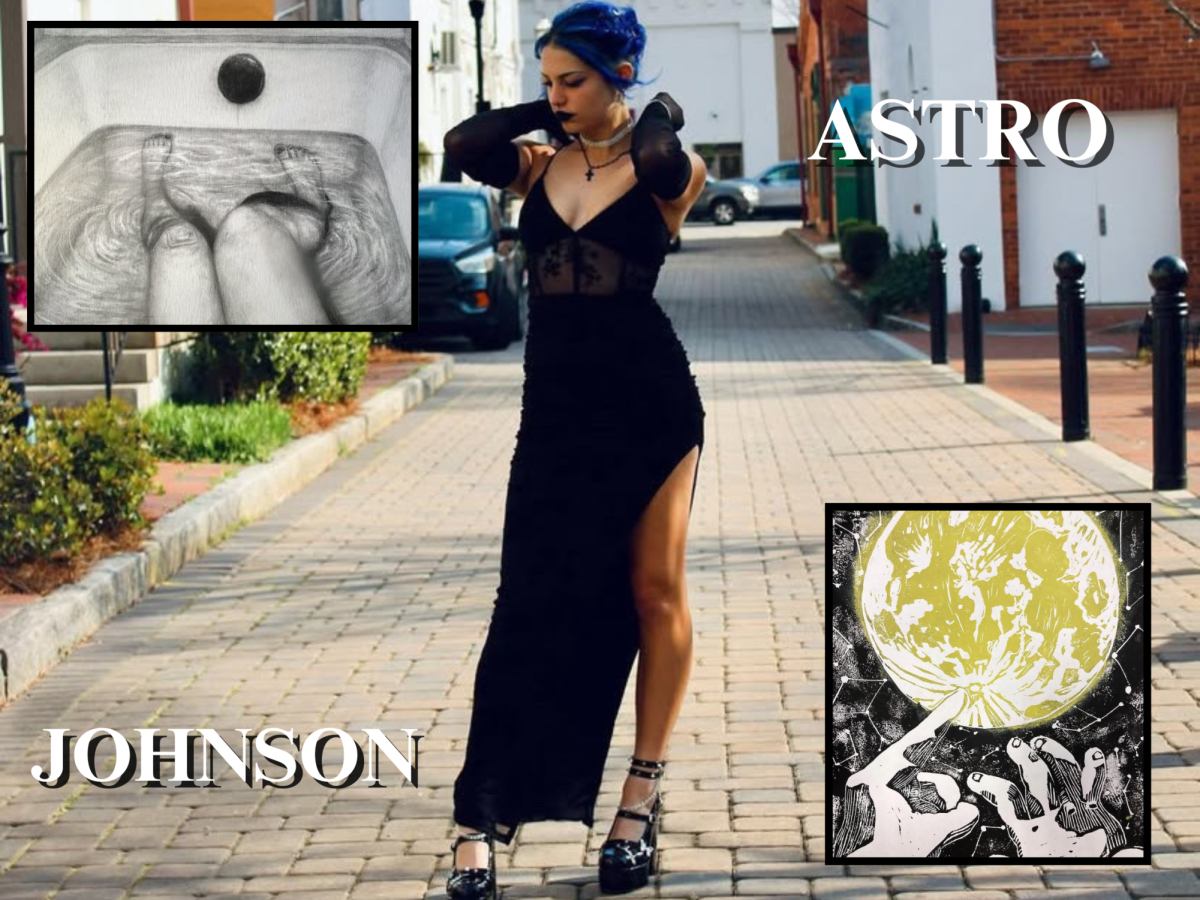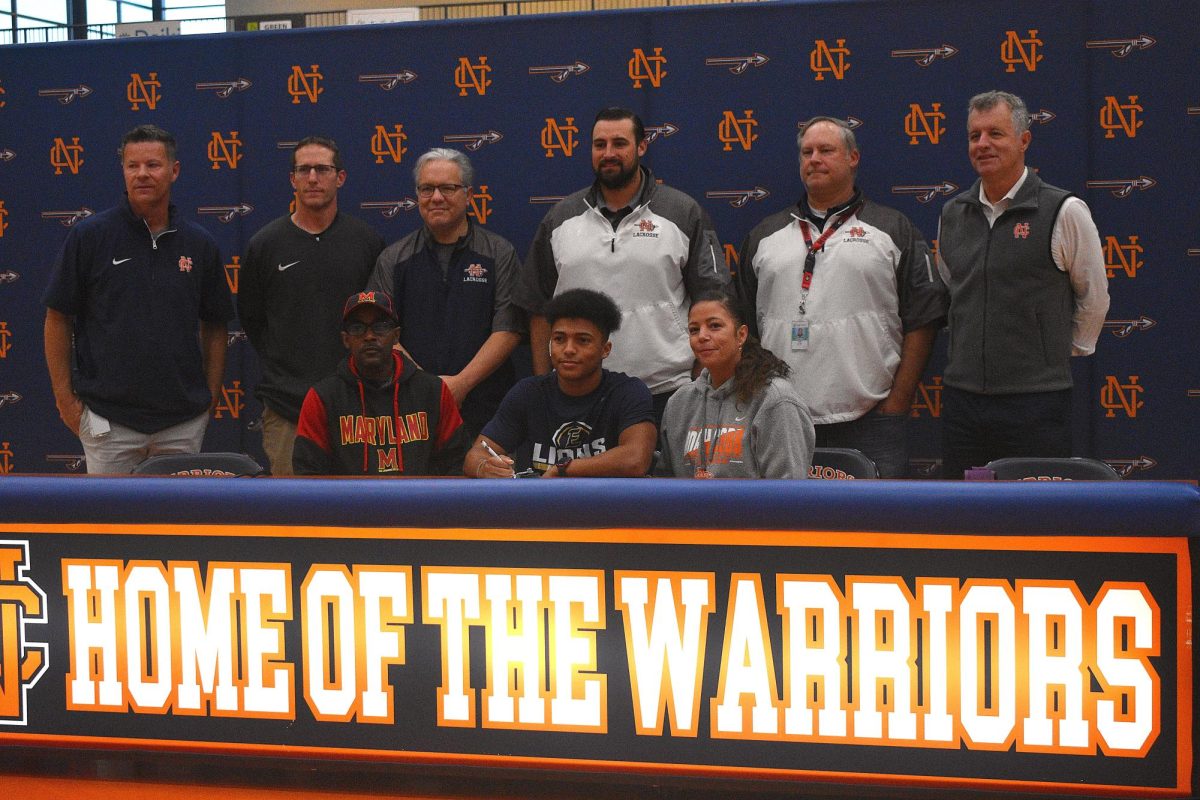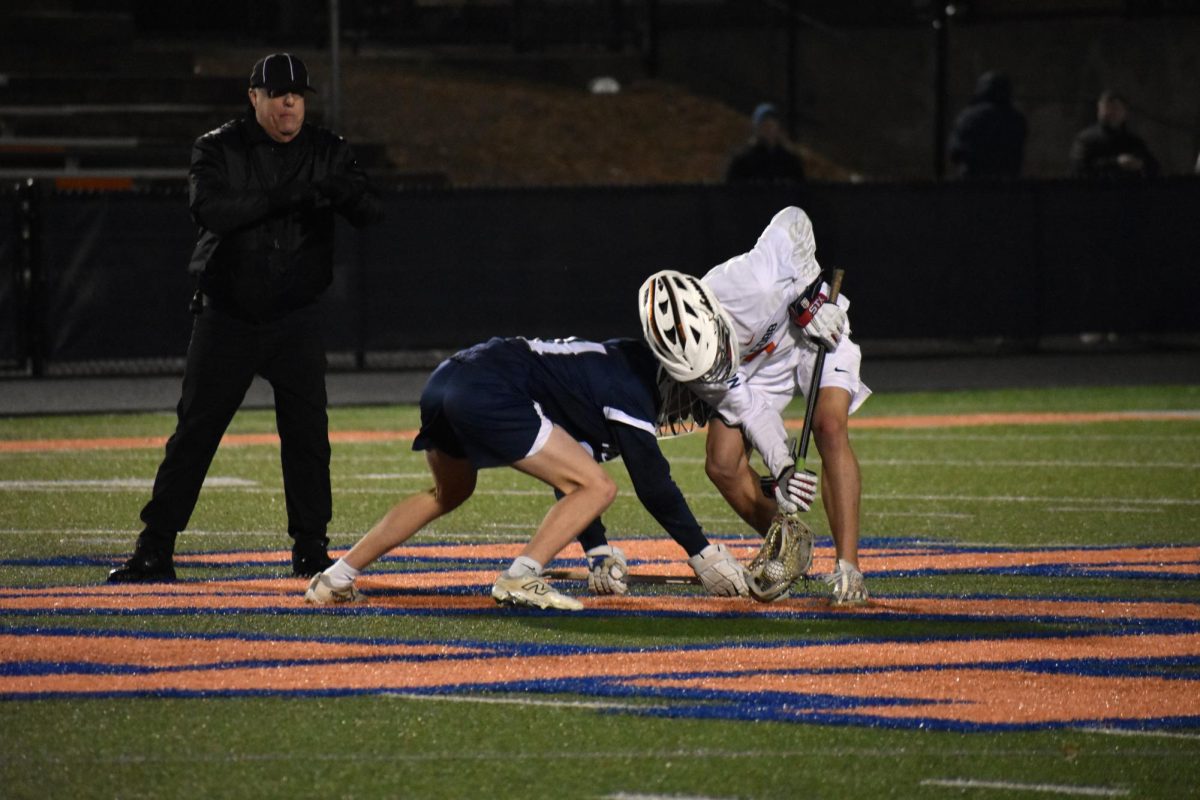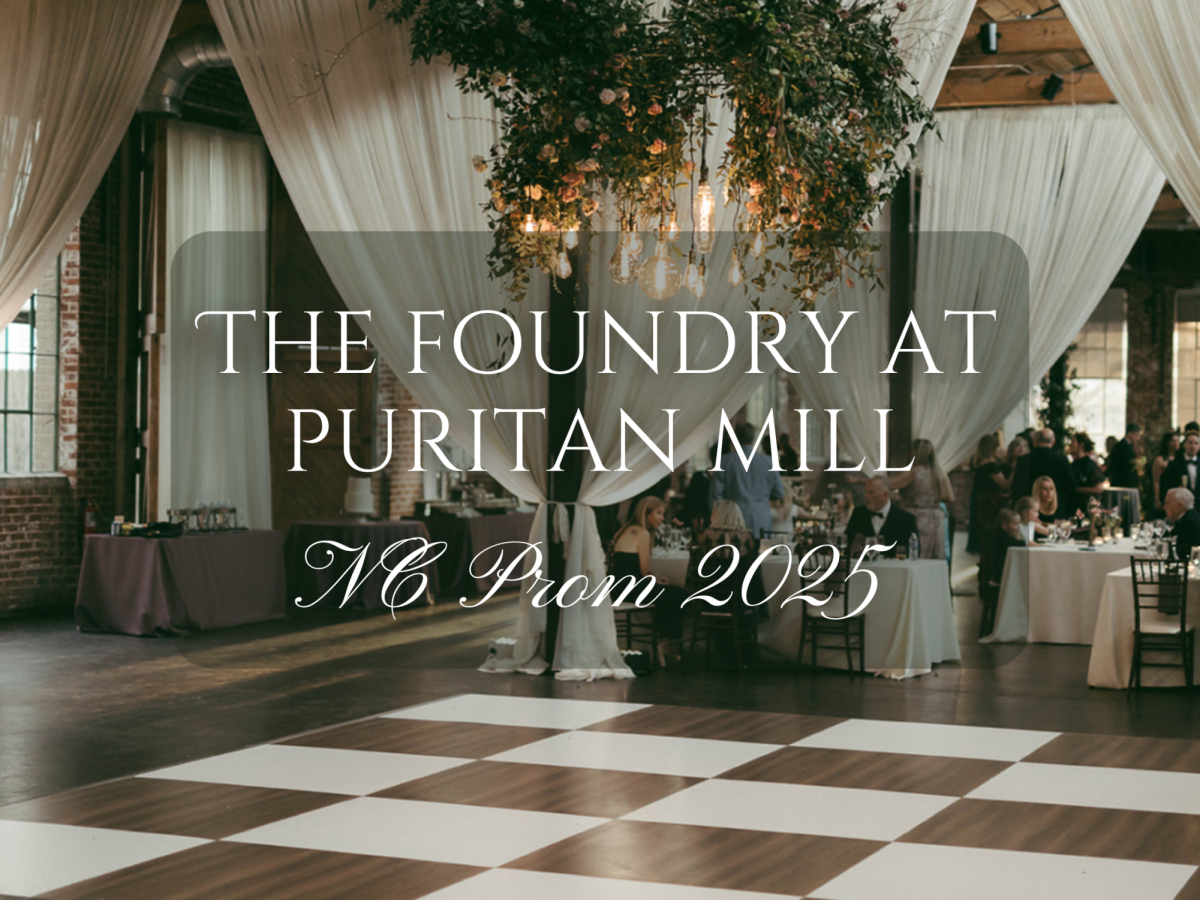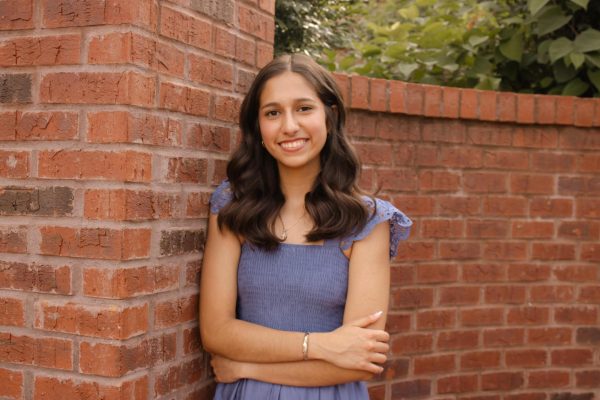Numerous towns have adopted the idea of celebrating fall activities to both gather as a community and to allow parents to create long-lasting memories for their families. In several households, children partake in fall festivities and gain special bonds with their parents and siblings. This leads to pumpkin patches and potlucks which serve as thrilling activities that create nostalgic childhood memories.
Potlucks, also known as thrift gardens, emerged as special dinners that fed families during the Great Depression. The word “potluck” first appeared in the 16th century as a way to refer to food that people uninvitedly brought to others in a pot of luck. While the origin of potlucks remains a difficult task to pinpoint, the Great Depression shaped the modern-day view of potlucks. During the Great Depression, families began cooking one-pot meals and church meals to motivate their communities to keep pushing through the difficult times they faced. People grew vegetables in their backyards, and certain families raised cattle and chickens to maintain a steady source for their homemade meals. Churches described potlucks as a cheap form of social entertainment and as a way to share their dinners. Potluck meals during the 20th century included peanut butter bread, potato pancakes and chipped beef.
Modern-day potlucks reflect the similar ideas of potlucks during the 20th century, especially during the fall season. Potlucks evolved from broad-town communal gatherings to office potlucks, college potlucks or seasonal potlucks. Through the various fall meals cooked seasonally such as green bean casserole, apple cobbler and pot pies, these delicious foods serve as features in family potlucks during the fall season. Fall potlucks provide time for families to gather together, dress up and reconnect with close relatives over a delicious meal.
“Fall is my favorite season because it always feels so cozy. I love the colorful leaves and chilly weather. Some of my favorite fall activities are carving pumpkins, fall sleepovers with my friends and visiting pumpkin patches. I also love wearing cute, fall sweaters and drinking pumpkin spice lattes,” magnet senior Olivia Hale said.
Originally discovered in North America, pumpkins date back 9000 years. The contemporary word “pumpkin” comes from the Greek word “pepon” which translates to large melon, but soon changed in favor of American colonists’ choice of vocabulary. Pumpkins became essential for Native Americans to utilize as sources of food and medicine and to weave into mats. To do this, they would boil, bake, roast and dry out the pumpkin flesh. Native Americans also used the pumpkin seed shells as a place for storage for grain and similar staples.
Now, pumpkin patches function as a joyful family activity during the fall season. The American tradition of visiting a pumpkin patch began in the 1920s with post-World War Two suburbanization. Without the rise in popularity of outdoor activities in the 20th century, the concept of pumpkin patches would not have become a seasonal attraction. Pumpkin patches include activities such as pumpkin picking, corn mazes, train rides and of course, supplying delicious pumpkin treats. Patches also began including hay rides into their farms during the late 19th century. Sleepy Hollow Farm, a local pumpkin patch in Kennesaw, Georgia, includes a collection of activities such as tractor rides, corn mazes and a playground for young children. Similarly, Big Springs Farm in Woodstock, Georgia, consists of hayrides, corn mazes, gem mining and face painting activities. As pumpkin patches modernized, farmers began using seeds that grow disease-free and consistently, carry prime germination rates to protect their communities and produce an abundant supply of pumpkins.
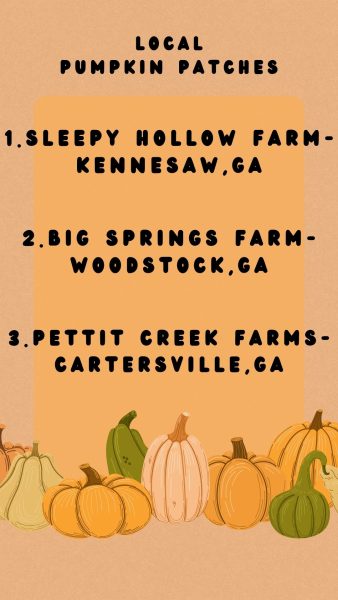
“I think fall is a memorable season because it provides so many opportunities to take cute pictures. To me, fall is a memorable season because it’s my favorite season and I’m always looking forward to it. So far my best fall memory was this weekend when me and my boyfriend Kale went to a pumpkin patch. It was so much fun and so cute. We ended up picking out the biggest pumpkin we could find and later brought it home to carve,” Hale said.




